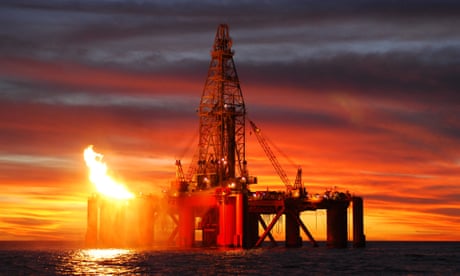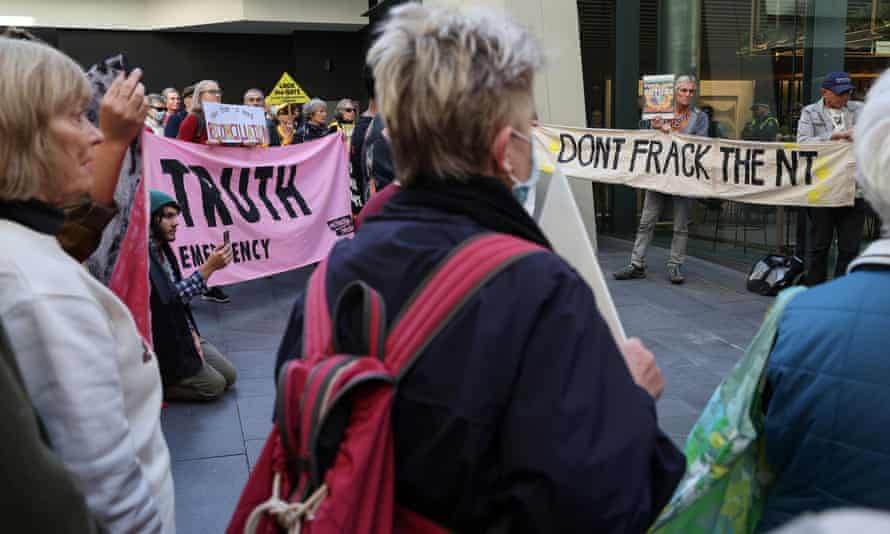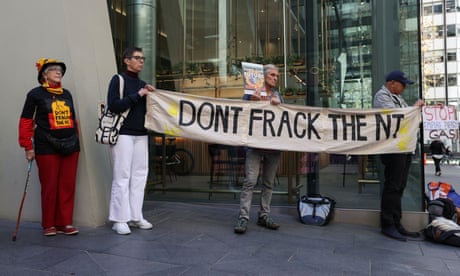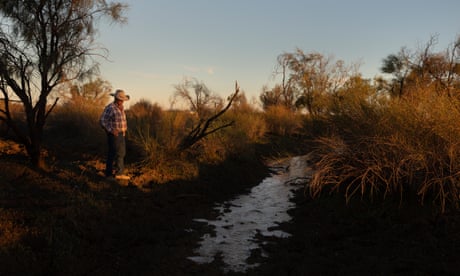Global warming begets more warming, new paleoclimate study finds
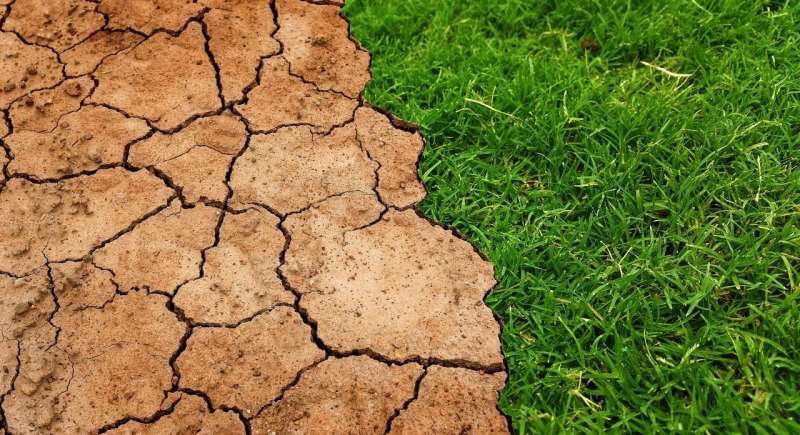
It is increasingly clear that the prolonged drought conditions, record-breaking heat, sustained wildfires, and frequent, more extreme storms experienced in recent years are a direct result of rising global temperatures brought on by humans' addition of carbon dioxide to the atmosphere. And a new MIT study on extreme climate events in Earth's ancient history suggests that today's planet may become more volatile as it continues to warm.
The study, appearing today in Science Advances, examines the paleoclimate record of the last 66 million years, during the Cenozoic era, which began shortly after the extinction of the dinosaurs. The scientists found that during this period, fluctuations in the Earth's climate experienced a surprising "warming bias." In other words, there were far more warming events—periods of prolonged global warming, lasting thousands to tens of thousands of years—than cooling events. What's more, warming events tended to be more extreme, with greater shifts in temperature, than cooling events.
The researchers say a possible explanation for this warming bias may lie in a "multiplier effect," whereby a modest degree of warming—for instance from volcanoes releasing carbon dioxide into the atmosphere—naturally speeds up certain biological and chemical processes that enhance these fluctuations, leading, on average, to still more warming.
Interestingly, the team observed that this warming bias disappeared about 5 million years ago, around the time when ice sheets started forming in the Northern Hemisphere. It's unclear what effect the ice has had on the Earth's response to climate shifts. But as today's Arctic ice recedes, the new study suggests that a multiplier effect may kick back in, and the result may be a further amplification of human-induced global warming.
"The Northern Hemisphere's ice sheets are shrinking, and could potentially disappear as a long-term consequence of human actions" says the study's lead author Constantin Arnscheidt, a graduate student in MIT's Department of Earth, Atmospheric and Planetary Sciences. "Our research suggests that this may make the Earth's climate fundamentally more susceptible to extreme, long-term global warming events such as those seen in the geologic past."
Arnscheidt's study co-author is Daniel Rothman, professor of geophysics at MIT, and co-founder and co-director of MIT's Lorenz Center.
A volatile push.
For their analysis, the team consulted large databases of sediments containing deep-sea benthic foraminifera—single-celled organisms that have been around for hundreds of millions of years and whose hard shells are preserved in sediments. The composition of these shells is affected by the ocean temperatures as organisms are growing; the shells are therefore considered a reliable proxy for the Earth's ancient temperatures.
For decades, scientists have analyzed the composition of these shells, collected from all over the world and dated to various time periods, to track how the Earth's temperature has fluctuated over millions of years.
"When using these data to study extreme climate events, most studies have focused on individual large spikes in temperature, typically of a few degrees Celsius warming," Arnscheidt says. "Instead, we tried to look at the overall statistics and consider all the fluctuations involved, rather than picking out the big ones."
The team first carried out a statistical analysis of the data and observed that, over the last 66 million years, the distribution of global temperature fluctuations didn't resemble a standard bell curve, with symmetric tails representing an equal probability of extreme warm and extreme cool fluctuations. Instead, the curve was noticeably lopsided, skewed toward more warm than cool events. The curve also exhibited a noticeably longer tail, representing warm events that were more extreme, or of higher temperature, than the most extreme cold events.
"This indicates there's some sort of amplification relative to what you would otherwise have expected," Arnscheidt says. "Everything's pointing to something fundamental that's causing this push, or bias toward warming events."
"It's fair to say that the Earth system becomes more volatile, in a warming sense," Rothman adds.
A warming multiplier
The team wondered whether this warming bias might have been a result of "multiplicative noise" in the climate-carbon cycle. Scientists have long understood that higher temperatures, up to a point, tend to speed up biological and chemical processes. Because the carbon cycle, which is a key driver of long-term climate fluctuations, is itself composed of such processes, increases in temperature may lead to larger fluctuations, biasing the system towards extreme warming events.
In mathematics, there exists a set of equations that describes such general amplifying, or multiplicative effects. The researchers applied this multiplicative theory to their analysis to see whether the equations could predict the asymmetrical distribution, including the degree of its skew and the length of its tails.
In the end, they found that the data, and the observed bias toward warming, could be explained by the multiplicative theory. In other words, it's very likely that, over the last 66 million years, periods of modest warming were on average further enhanced by multiplier effects, such as the response of biological and chemical processes that further warmed the planet.
As part of the study, the researchers also looked at the correlation between past warming events and changes in Earth's orbit. Over hundreds of thousands of years, Earth's orbit around the sun regularly becomes more or less elliptical. But scientists have wondered why many past warming events appeared to coincide with these changes, and why these events feature outsized warming compared with what the change in Earth's orbit could have wrought on its own.
So, Arnscheidt and Rothman incorporated the Earth's orbital changes into the multiplicative model and their analysis of Earth's temperature changes, and found that multiplier effects could predictably amplify, on average, the modest temperature rises due to changes in Earth's orbit.
"Climate warms and cools in synchrony with orbital changes, but the orbital cycles themselves would predict only modest changes in climate," Rothman says. "But if we consider a multiplicative model, then modest warming, paired with this multiplier effect, can result in extreme events that tend to occur at the same time as these orbital changes."
"Humans are forcing the system in a new way," Arnscheidt adds. "And this study is showing that, when we increase temperature, we're likely going to interact with these natural, amplifying effects."Global warming will result in stronger and more frequent heatwaves in Southeast Asia
More information: Asymmetry of extreme Cenozoic climate-carbon cycle events, Science Advances (2021). DOI: 10.1126/sciadv.abg6864
Journal information: Science Advances
Provided by Massachusetts Institute of Technology
Study of Earth's Deep Past Reveals Terrifying Global Warming Warning
Even modest temperature increases can self-amplify into extreme warming events, a finding that has implications for the current climate crisis.
By Becky Ferreira
11.8.21
PEOPLE RUN FROM THE FOREST FIRE THAT BROKE OUT IN MANAVGAT DISTRICT CONTINUE IN ANTALYA, TURKEY ON AUGUST 01, 2021. IMAGE: ANADOLU AGENCY/ CONTRIBUTOR VIA GETTY IMAGES
The urgent need to address the climate crisis was thrown into sharp relief yet again this week by a mountain of research that established an “unequivocal” link between human activity and warming global temperatures, according to a major new report from the Intergovernmental Panel on Climate Change.
Now, a pair of scientists at the Massachusetts Institute of Technology (MIT) reveal that modest warming events in Earth’s deep past often spiral into volatile climate extremes, a finding that has been written into the fossils of marine organisms over the Cenozoic period, which dates back 66 million years to the present.
This long view of our planet’s climate swings suggests that “as anthropogenic warming continues, Earth’s climate may become more susceptible to extreme warming events on time scales of tens of thousands of years,” according to a study published on Wednesday in Science Advances.
“Abrupt global warming events of the geologic past are of interest because they reveal fundamental aspects of how the Earth system works, and because they provide an observational window into the long-term consequences of anthropogenic climate change,” said Constantin Arnscheidt, a graduate student at MIT’s Department of Earth, Atmospheric and Planetary Sciences who led the study, in an email.
“In past studies the focus has been on specific large warming events,” he added. “Here, we wanted to understand the more general behavior throughout the Cenozoic (the past 66 million years), and so for the first time we considered all of the fluctuations involved rather than picking out the big ones.”
To accomplish this aim, Arnscheidt and co-author Daniel Rothman, a professor of geophysics at MIT and co-director of its Lorenz Center, relied on single-celled organisms called benthic foraminifera, which have been living and dying in Earth’s oceans for hundreds of millions of years.
These simple lifeforms grow hard shells that preserve information about temperatures and conditions at the time their bodies were deposited in sediments. As a result, their fossils offer an extremely useful window into the deep past, and are often used as a climate proxy in reconstructions of Earth’s paleoclimate.
Arnscheidt and Rothman assessed foraminifera records from around the world that date back to the cataclysmic asteroid impact that killed off the dinosaurs and many other species some 66 million years ago. In contrast to other studies, the team applied a statistical analysis of this entire Cenozoic period as opposed to focusing on major climate disruptions, such as the dramatic Eocene warming event that occurred about 55 million years ago.
This approach exposed “an intrinsic asymmetry that favors ‘hyperthermal-like’ extreme events of abrupt global warming,” according to the study. In other words, Earth’s Cenozoic climate has shown a clear bias toward warming events (hyperthermals) relative to cooling events, meaning that warming events were both more frequent and more extreme than cooling events.
“The fact that specific intervals in Earth history, such as the Eocene epoch, exhibit this bias is not surprising: this has been implicitly understood for a long time,” Arnscheidt said. “However, when we quantified the evolution of this asymmetry throughout the past 66 million years, we found that it displayed remarkable consistency over most of this period.”
“One simple way to explain the observed warming bias is to hypothesize that temperature fluctuations (on timescales of thousands to tens of thousands of years) themselves increase with temperature: this is called ‘multiplicative noise,’” he added. “The statistics of the observed fluctuations turn out to be mathematically consistent with the multiplicative noise hypothesis.”
Even modest global temperature increases during the Cenozoic seemed to lead to more stochastic and self-amplifying climate fluctuations than cooling events of similar magnitude. No doubt there are many complex mechanisms underlying these processes, but Arnscheidt and Rothman identified a few likely culprits, including biological and chemical processes that speed up at higher temperatures, as well as Earth’s orbit around the Sun.
“Many past global warming/hyperthermal events appear to coincide with changes in the eccentricity of Earth's orbit, but the mechanisms remain debated,” explained Arnscheidt. “The multiplicative theory provides a natural reason this could occur. If temperature fluctuations (on timescales of thousands to tens of thousands of years) indeed increase as it gets warmer, small changes in Earth's surface temperature due to orbital changes can, on average, generate abrupt warming events consistent with geologic observations.”
Interestingly, the team found that the Cenozoic’s long-term bias toward warming events disappeared about five million years ago, around the same time that ice cover crept down from the Arctic across much of the Northern Hemisphere. It’s possible that this recent period of glaciation helped to stabilize the global climate and reduce the incidence of extreme temperature fluctuations.
But Arnscheidt and Rothman warn that human-driven climate change may now be injecting all of that multiplicative noise and volatility back into the climate system. In light of the new IPCC report, which concludes that we are essentially locked into a global temperature spike of at least 1.5°C above pre-industrial averages, it’s more important than ever to heed the lessons etched into the paleoclimatological record of our planet.
“I think these results emphasize that Earth's long-term evolution is governed by complex, potentially amplifying mechanisms that we do not yet fully understand,” Arnscheidt said. “As humans continue to increase Earth's surface temperature, we will likely interact with these mechanisms, potentially at the peril of current and future generations.”




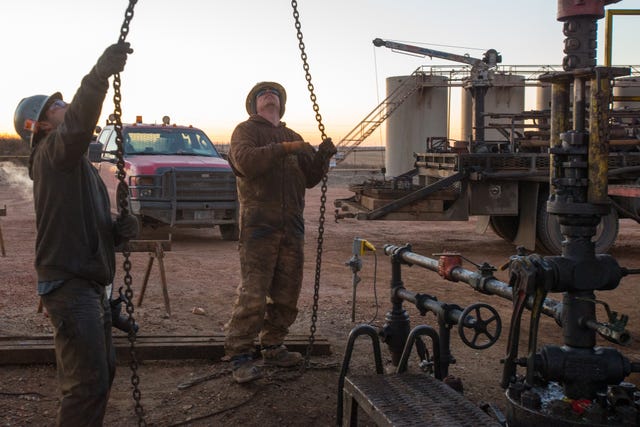

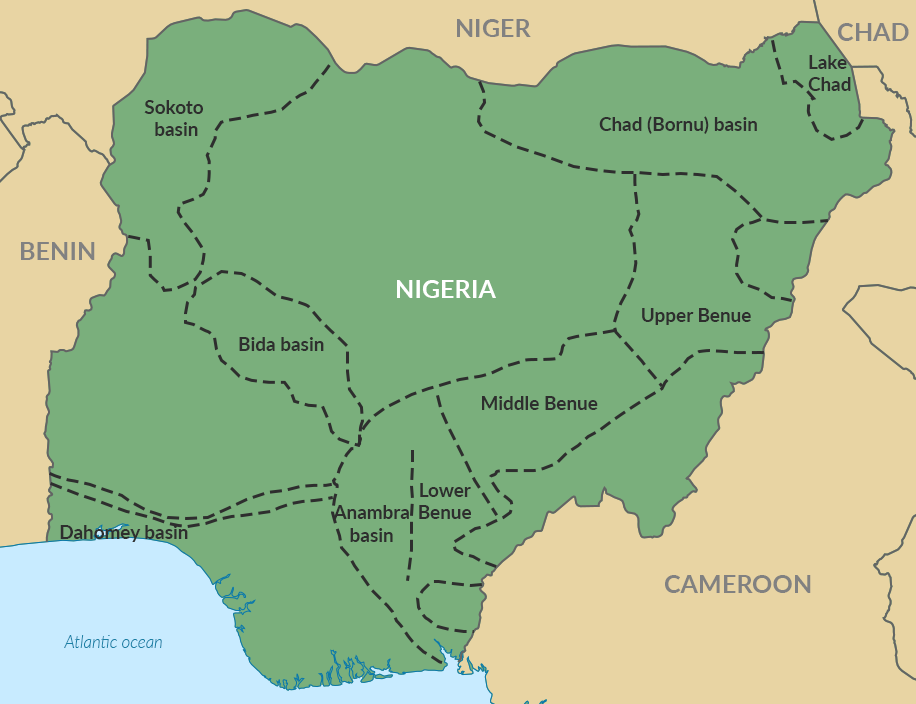
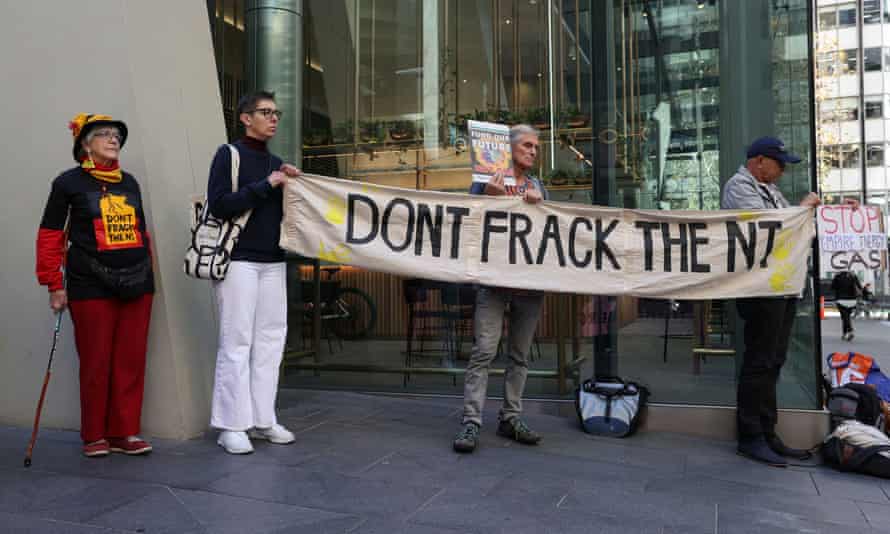 Demonstrators outside of Empire Energy offices in Sydney in May oppose the company’s fracking plans for the Northern Territory’s Beetaloo Basin.
Demonstrators outside of Empire Energy offices in Sydney in May oppose the company’s fracking plans for the Northern Territory’s Beetaloo Basin. 